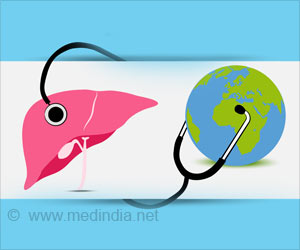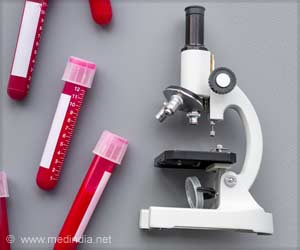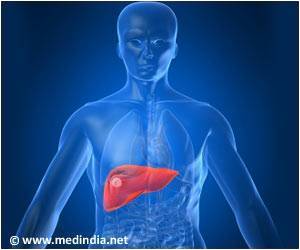Researchers have found that it is possible for human cells to shift gene segments called tRNAs, into mitochondria, thus holding out hope for targeted therapies in future. Mitochondria are believed to be the power plants of cells.
The tRNAs, assemble amino acids for the production of proteins within mitochondria. If in case the mitochondrial tRNA genes are defective or missing, and proteins are not manufactured, the mitochondria are unable to generate adequate energy.It is believed that defective tRNAs are the cause of about 60 percent of conditions traced to malfunctions in the mitochondria, like diabetes, hearing loss and a number of neurological disorders, depending on which kinds of cells are affected.
As the Mitochondria are encased in their own membrane, it becomes a complicated structure to study. Previous research has suggested that only in lower organisms, such as protozoans, yeast and plants, can tRNAs be imported to the mitochondria from the cell cytoplasm. But in this new research, scientists determined that tRNAs can be imported from cytoplasm to mitochondria in rat liver cells and human cells as well.
"This was totally unexpected, to find an innate, built-in mechanism that we humans have," said Juan Alfonzo, senior author of the study and an assistant professor of microbiology at Ohio State University.
He said that the finding broadens the study of therapeutic options involving attempts to introduce healthy tRNAs to the defective mitochondria of ill patients.
"If you have a mutation in a tRNA that you suspect is involved in disease, you theoretically should be able to bring a healthy tRNA from the cytoplasm into the mitochondria and correct the malfunction," he said.
Advertisement
The finding that tRNA import occurs in humans can set in motion an entirely new line of research into therapeutic options for patients with diseases caused by mitochondrial defects. Alfonzo explained that there does not seem to be a way to introduce healthy tRNAs directly into mitochondria as their membranes have proven impenetrable to such outside interference.
Advertisement
"What we are saying is you don't need to bring up new machinery from a different organism because human cells already come equipped with their own way to import tRNAs. There is no need to cross species. What we need to know now is what proteins are involved in the import mechanism so we can exploit the process for therapy," said Alfonzo.
The researchers identified Adenosine-5-triphosphate, or ATP, a compound associated with energy transport in cells, as essential for the process. The researchers showed ATP's role in the process using cells from a patient with a specific type of epilepsy called MERRF. This disease is characterized by a mitochondrial tRNA mutation leading to a drastic reduction in the mitochondria's ability to generate ATP, which in turn hinders the import of tRNAs into the mitochondria of people with this disease.
When ATP was introduced to the mitochondria of these diseased cells, the import process of tRNAs from the cytoplasm to the mitochondria was restored.
"These were cells from an actual patient, so this also makes the argument that we don't need a surrogate system from other organisms to set the import process in motion," said Alfonzo.
The research appeared online in the Proceedings of the National Academy of Sciences.
Source-ANI
RAS/S





